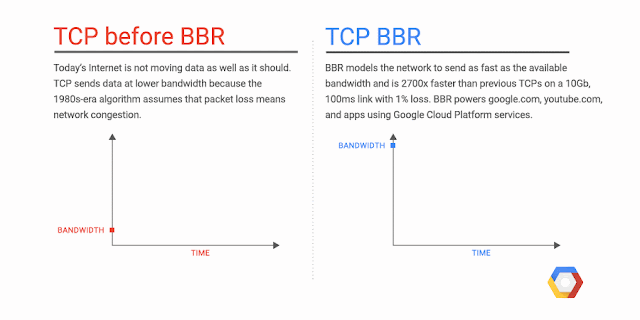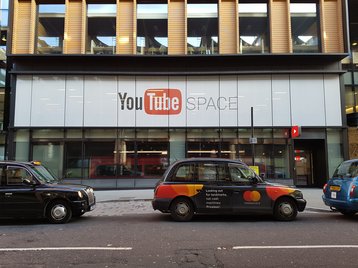Google has started using a new congestion control algorithm for its Cloud Platform, following sucessful implementation on google.com and YouTube.
TCP BBR achieves higher bandwidth and lower latencies for Internet traffic than the company’s previous algorithm, CUBIC, the search giant said.
The middle-out algorithm
“BBR (“Bottleneck Bandwidth and Round-trip propagation time”) is a new congestion control algorithm developed at Google. Congestion control algorithms — running inside every computer, phone or tablet connected to a network — decide how fast to send data,” Google explained in a blog post written by a team of six engineers.
”We need an algorithm that responds to actual congestion, rather than packet loss. BBR tackles this with a ground-up rewrite of congestion control.
”We started from scratch, using a completely new paradigm: to decide how fast to send data over the network, BBR considers how fast the network is delivering data.”
“For a given network connection, it uses recent measurements of the network’s delivery rate and round-trip time to build an explicit model that includes both the maximum recent bandwidth available to that connection, and its minimum recent round-trip delay. BBR then uses this model to control both how fast it sends data and the maximum amount of data it’s willing to allow in the network at any time.”

The company said that rolling out BBR to YouTube yielded 4 percent higher network throughput, and kept network queues shorter, reducing roundtrip times by 33 percent. The algorythm also provided 11 percent higher mean-time-between-rebuffers.
Early users claim similar benefits, with Jason Cohen, founder and CTO of WP Engine, saying: “BBR allows the 500,000 WordPress sites on our digital experience platform to load at lightning speed. According to Google’s tests, BBR’s throughput can reach as much as 2,700x higher than today’s best loss-based congestion control; queueing delays can be 25x lower.”

